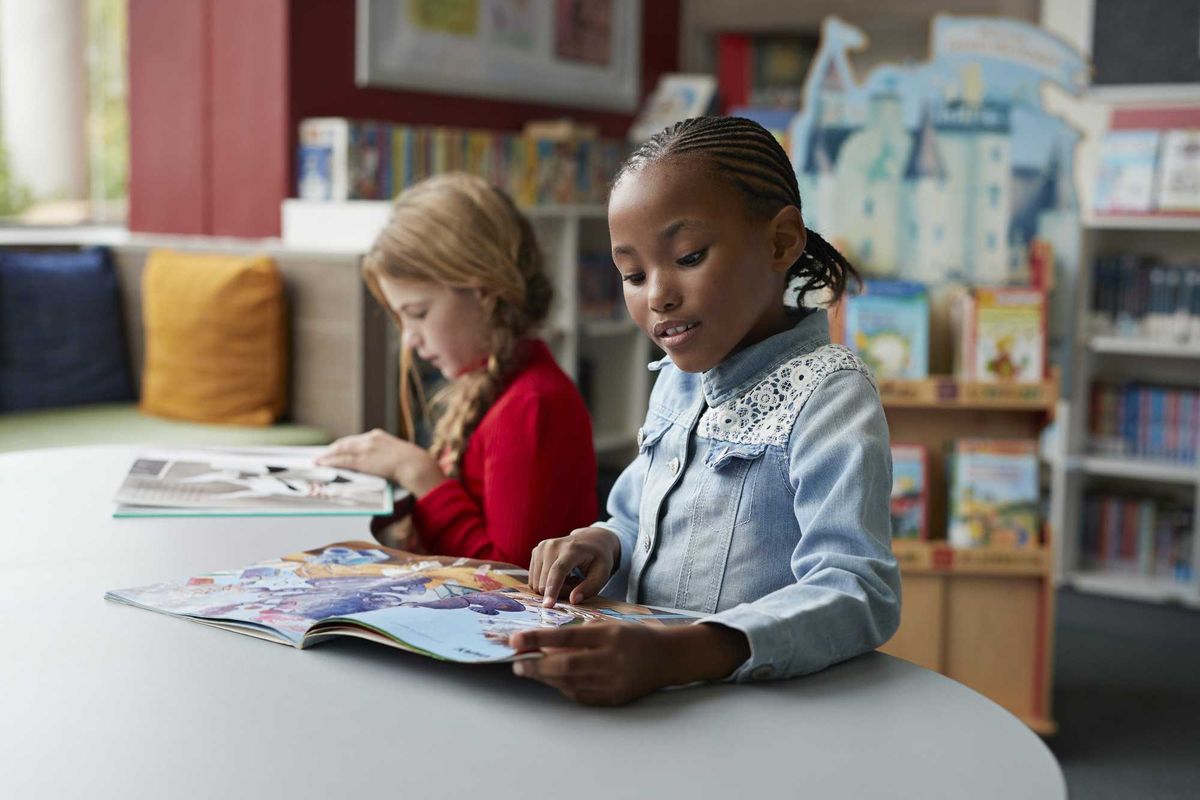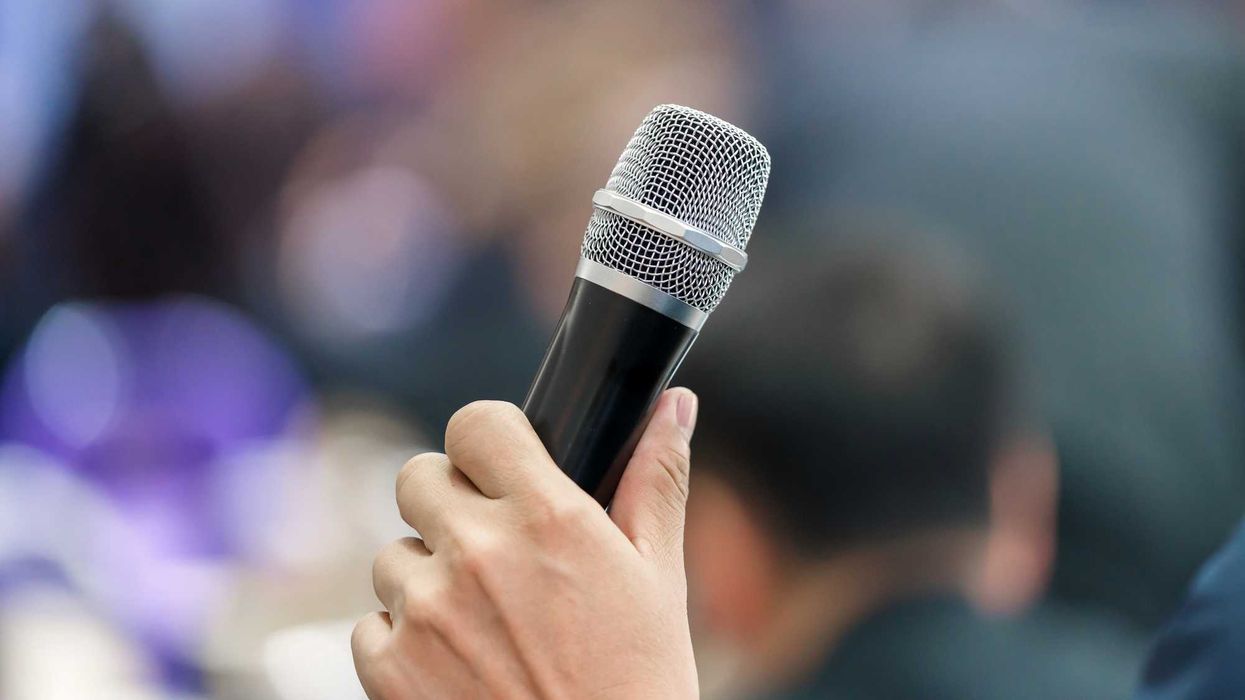Niki is an Associate Professor of Public Policy at Pennsylvania State University and a member of the Scholars Strategy Network. She has served as a consultant for the U.S. Departments of Labor and Commerce and the Federal Reserve Bank of Chicago. She has contributed to the New York Times debates on low-wage workers.
Persistent racial and ethnic inequality in the United States necessitates a comprehensive understanding of systemic discrimination. Despite substantial investments in under-resourced schools and well-intentioned social experiments, Black unemployment rates remain twice as high as those of whites, while racial gaps in wages, income, and wealth continue to worsen. It is imperative to determine whether these issues stem from inadequate funding or deeper-rooted factors. In order to address these issues, we must understand how systemic discrimination is at the root of these issues, and how to tackle them.
Why Systemic Discrimination?
It’s essential to recognize that even Black people and white people with the highest levels of education and occupational status experience significant wage and wealth disparities. These disparities challenge the validity of traditional narratives which attribute racial inequality solely to individual choices and behavior. It leads us to demand alternative explanations. Although recent endeavors such as anti-racism and critical race theory have made significant contributions, further clarity and specificity are needed to drive meaningful change.
Understanding Systemic Discrimination
Systemic discrimination encompasses a network of racialized structures, including segregation, mass incarceration, and political disenfranchisement. All of these collaborate to generate and perpetuate inequality. By viewing social issues like food insecurity as components of a larger system, rather than isolated problems, we can address them more effectively. Food insecurity, for example, is influenced by segregation, poverty, employment discrimination, zoning policies, and the economic decisions made by national and local food suppliers. The framework of systemic discrimination allows for a comprehensive examination of these interconnected factors.
The Mechanisms of Systemic Discrimination
To comprehend how systemic discrimination operates, an analysis was conducted on a unique database of structural characteristics in metropolitan areas, considering residential segregation, school segregation, wealth distribution, incarceration rates, policing, joblessness, health disparities, occupational segregation, racial attitudes, minimum wage, political ideology, and unionization.
Through this research and studies conducted by others, several key findings have emerged:
● Measurability of Systemic Discrimination: Metrics have been developed to identify and quantify systemic discrimination, facilitating the determination of prevalent racial structures within specific geographic areas. This knowledge enables policymakers to devise precise strategies to combat it effectively.
● Stability of Racialized Structures: These structures persist due to their consistent defense and reinforcement. Consequently, interventions must be disruptive to dismantle the system effectively.
● Interdependence of Racialized Structures: The efficacy of efforts to hinder minority voting rights, for instance, relies heavily on other structures such as residential segregation and incarceration. Understanding these interdependencies is crucial in dismantling systemic discrimination.
A Systems Approach to Combating Systemic Discrimination
Adopting a systems approach necessitates policy prescriptions that address systemic racial inequality at the community, organization, and institutional levels. The following examples highlight ongoing initiatives at each level, demonstrating their potential to effect significant change if properly scaled up:
● Community-Level Initiatives: Operation Ceasefire, a successful homicide-reduction program, employs a 360-degree approach. By engaging rival gang members, respected community figures, social service agents, and law enforcement officials committed to halting arrests, violence reduction is achieved. This community-wide involvement addresses issues comprehensively, attacking them from multiple angles.
● Institutional-Level Initiatives: Numerous federal agencies collect essential data for monitoring and assessing systemic discrimination. For instance, the Federal Reserve Bank mandated the collection and reporting of race data on all loan applications, uncovering racial disparities in loan approvals and predatory lending practices. Such data informs policy development and legal remedies. It is imperative to support and demand similar data collection across federal agencies, breakdown by race, and utilize it to refine policies and coordinate efforts.
● Academic Initiatives: Researchers are developing tools and scoring metrics to track systemic discrimination in metropolitan areas and states. These tools assist changemakers by identifying interconnected subsystems relevant to specific social problems. Collaboration with other advocates addressing related issues enhances the development of more effective solutions, ultimately eradicating racial inequality.
To address persistent racial and ethnic inequality, it is crucial to grasp the dynamics of systemic discrimination. By recognizing its interconnections and adopting a systems approach, policymakers can design comprehensive strategies that effectively combat multiple racialized structures. Initiatives at the community, institutional, and local levels can disrupt the stability of systemic discrimination, leading to a more equitable society. By implementing policy solutions grounded in systemic discrimination theory, organizations, communities, and institutions can work together to dismantle these structures and eliminate racial inequality once and for all.

























